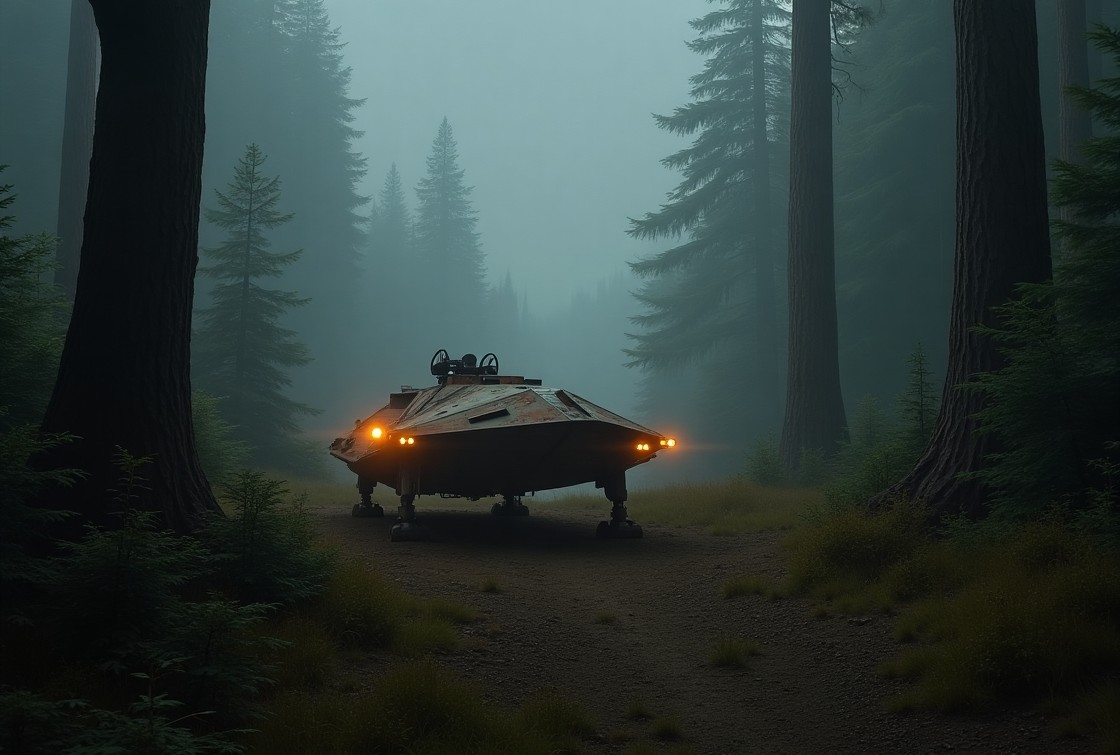Star Wars is a rich franchise with a huge fan base because of its legendary characters, exciting narrative, and iconic settings. The good news is that fans can live out their dreams of seeing the saga’s famous landscapes because they are right here on Earth! Some of the most famous Star Wars landscapes that nature has preserved are featured on this blog, and fans are welcome to visit at any time for an incredible, life-changing experience.
1. Tatooine: The Deserts of Tunisia
Tatooine, the most known planet in the saga, is vividly depicted in the deserts of Tunisia. Although the landscape looks barren on-screen, the desert ecosystems of Tunisia are vibrant with life. The area hosts resilient species such as:
- Fennec Foxes: These tiny, night-active foxes possess large ears to help them stay cool in intense temperatures.
- Desert Monitor Lizards: These sizable reptiles flourish in dry habitats, frequently preying on smaller creatures.
- Scarabs and Beetles: The desert is filled with numerous insects that fulfill essential functions in the ecosystem.
Aside from its film connections, the area emphasizes nature’s strength. Fans can wander through the expansive dunes and admire the striking beauty of a terrain that influenced Star Wars’ most famous desert planet.
2. Endor: The Redwood Forests of California
Do you wonder about the moon of Endor in the Return of the Jedi? It was shot in California’s Redwood National and State Parks. The forests and the ancient trees present in this place evoked an ethereal atmosphere, encapsulating Endor’s enchanting allure.
In addition, these forests are important ecological resources that are more than just backdrops for films.
- Coastal Redwoods: Certain of these trees exceed 2,000 years in age and are the tallest trees on the planet, attaining heights of 300 feet.
- Black Bears and Roosevelt Elk: Big mammals traverse the woods, enhancing the park’s varied ecosystem.
- Spotted Owls: These secretive birds are a crucial species, depending on the thick canopy for survival.
In these woods, if you walk with your lightsaber, it would be an ultimate experience of entering Endor directly. The Redwood reserves highlight the significance of safeguarding ancient ecosystems that offer habitat for numerous species.
3. Hoth: The Glaciers of Hardangerjokulen, Norway
The frigid terrains of the world Hoth—featured in The Empire Strikes Back—were shot on the Hardangerjokulen Glacier in Norway. This beautiful yet unforgiving landscape served as the ideal substitute for the snow-laden rebel stronghold and the wampa-filled wilds.
Although it looks icy, the glacier and nearby areas are packed with wildlife that has adapted to the harsh cold:
- Arctic Foxes: These tiny creatures possess dense fur that enables them to endure frigid conditions.
- Reindeer: Groups of reindeer move across the snowy fields, feeding on lichen and moss.
- Ptarmigans: In winter, these birds alter their feathers to a complete white for better camouflage.
The Hardangerjokulen Glacier served as a stunning setting for Star Wars while also highlighting the immense strength and delicateness of glacial ecosystems. Climate change poses a threat to these regions, making their conservation essential.
4. Naboo: Lake Como, Italy
The peaceful and romantic place, Naboo, reflecting the forbidden love story of Anakin Skywalker and Padme Amidala, is filmed in the stunning landscapes of Lake Como, Italy. The ecosystem of Lake Como sustains diverse wildlife and plants.
- Cypress and Olive Trees: These vegetation flourish by the lake’s edges, enhancing its Mediterranean appeal.
- Waterfowl: The lake is home to ducks, swans, and herons, forming a serene atmosphere.
- Pike and Perch: The lake’s transparent waters serve as a habitat for many fish species.
Tourists at Lake Como can stroll where Star Wars characters once walked while enjoying its natural beauty. The blend of clear waters and vibrant foliage creates a paradise for nature enthusiasts.
5. Jakku: The Deserts of Abu Dhabi, UAE
Do you remember the desolate planet in The Force Awakens? It was shot in the deserts of Abu Dhabi.
It’s the largest uninterrupted and unpopulated sand desert in the world, and Star Wars production has chosen it for the bigger purpose of leaving a long-lasting impact on the fans. While it’s shown as a barren place, in real life there are animals and reptiles surviving by burrowing under the sand during the heat of the day. The beauty of this place
The Natural Wonders Behind Star Wars’ Iconic Planets
The terrains of Star Wars have transported us through deserts, woodlands, and snowy fields, yet the actual sites that inspired these visuals possess their own enchantment. From Tunisia’s arid landscapes to Ireland’s protected seabird habitats, these filming locations boast a wealth of biodiversity and ecological importance.
Visiting these sites involves more than just entering a galaxy; it’s an opportunity to value and safeguard the amazing wildlife and natural habitats found on our planet. Star Wars illustrates that balance is essential—both in the Force and in nature.
May the Force and nature be with you!
Also Read: Star Wars Movie FX Maker Codes – Unlocking the Magic of Galactic Special Effects



